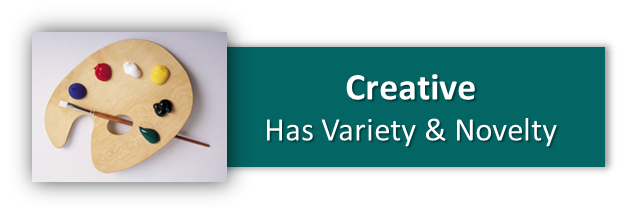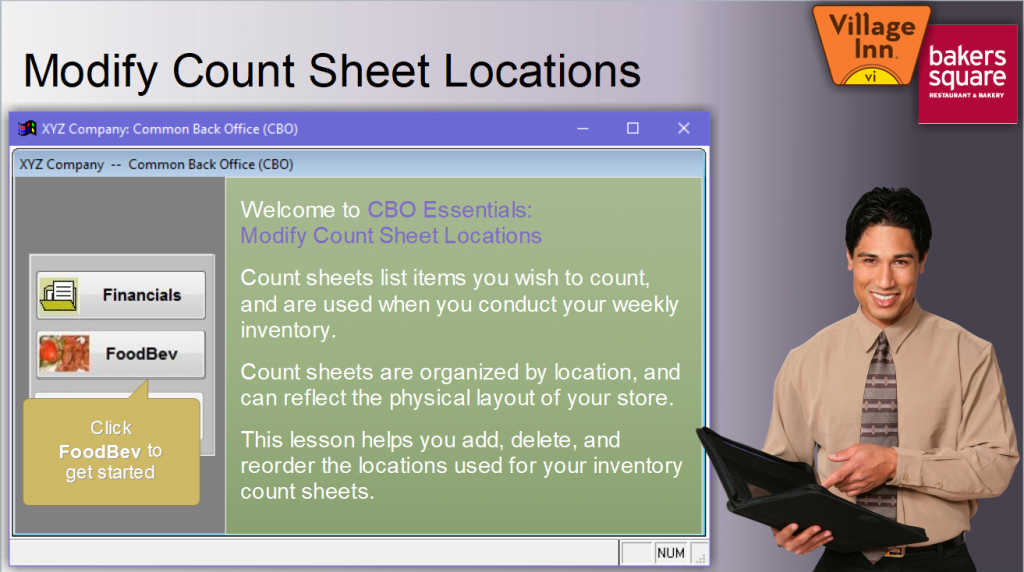
Despite the plethora of information that teaches us that “telling ain’t training,” many trainers and instructional designers do just that, employing what is also known as the “Spray and Pray Approach”– spraying learners with information and praying they will learn.
Because I begin with the end in mind and focus on desired performance rather than what learners “need to know” it helps free me up to be creative in how we achieve objectives.
Sometimes it makes sense to give the learners marketing resources and/or job aids, and simply test their ability to use them. Sometimes client and executive testimonials provide the engaging experience and motivation that helps people perform. High- or low-fidelity simulations are often useful when teaching processes. And sometimes it’s really effective to play a game – either as a way of learning the skills or assessing their use.
I choose from among the instructional methods that make the most sense for the client, the situation, and the budget – and I creatively apply them, creating training that CLIQs.
Creativity in instructional design means incorporating a variety of elements that engage the learner and the entire brain – preferably in ways that are novel and/or fun.

Screenshot of software simulation created in Captivate to help restaurant chain managers perform financial responsibilities within a custom application.